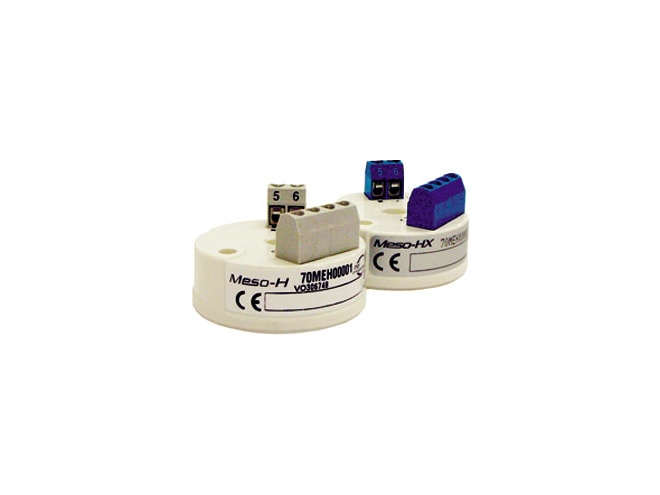The INOR MESO-H temperature transmitter is a smart and universal 2-wire in-head transmitter for
temperature and other measurement applications.
The Inor MESO-HX temperature transmitter is the Intrinsically Safe version for use in EX applications.
The INOR MESO-H/HX temperature transmitters are both fully HART ® compatible, with communication
via HART ® protocol, directly on the 4-20mA output loop, by using either a general hand-held HART ®
Communicator or the INOR PC software, MEPRO 2.
MEPRO 2 is a Windows ® based and user friendly software, which facilitates the access to and use of
functions like transmitter configuration, documentation, monitoring, and calibration.
The INOR MESO-H/HX temperature transmitters are both designed for applications with high demands on
accuracy, also under severe operating conditions. To reach these demands, the following factors are
essential:
-
Linearity and calibration errors: The combination of an efficient linearization function and
the use of quality components and precision calibration equipment reduce these errors to ±0.1%
of span.
-
Ambient temperature influence: The INOR MESO-H temperature transmitter is compensated to reduce
the ambient temperature influence to low levels.
-
High long-term stability: Internal "self calibration", by means of continuous adjustment of
important parameters after comparison with accurate built-in references, contributes to a
stability of ±0.1%/year.

